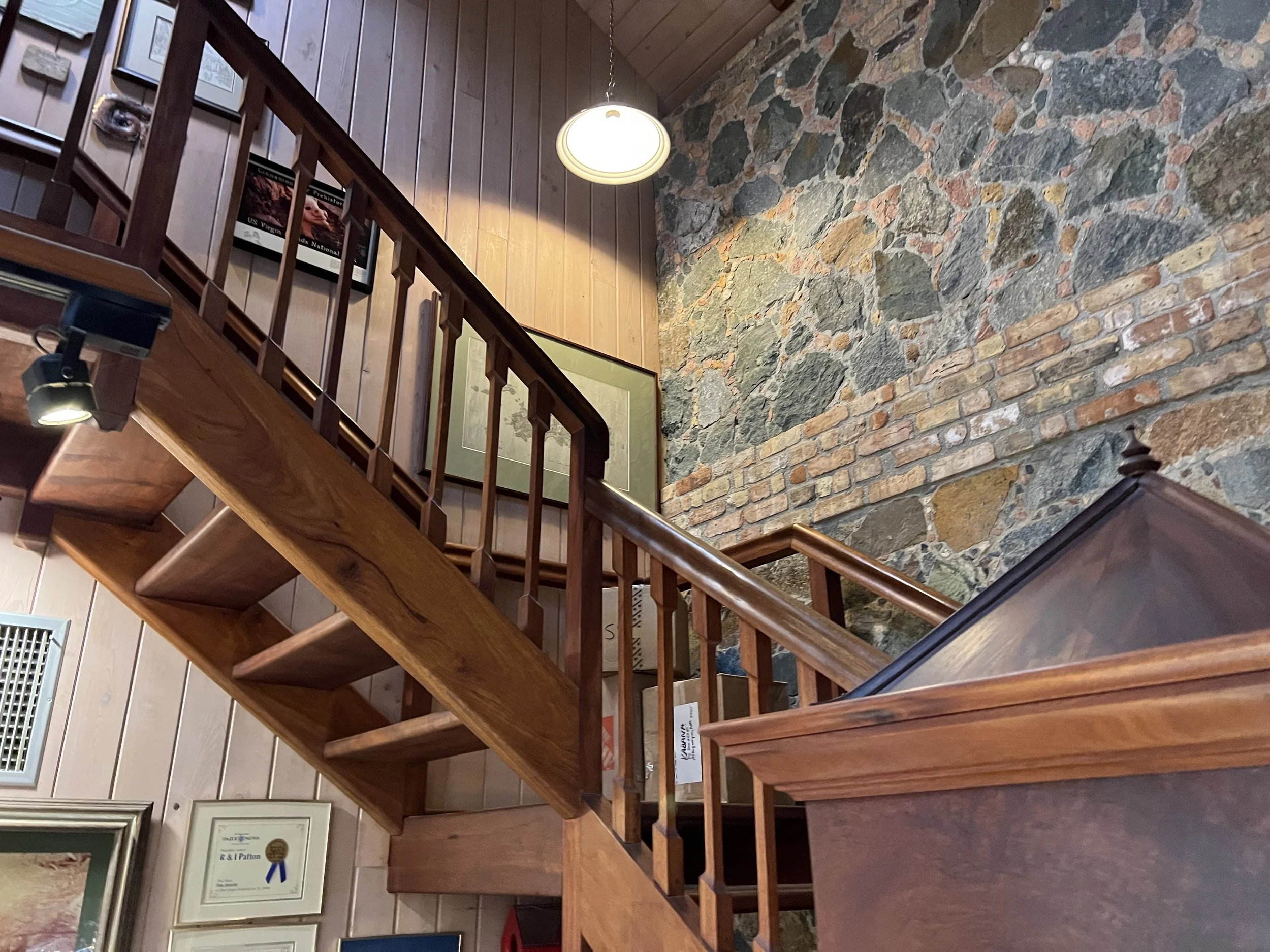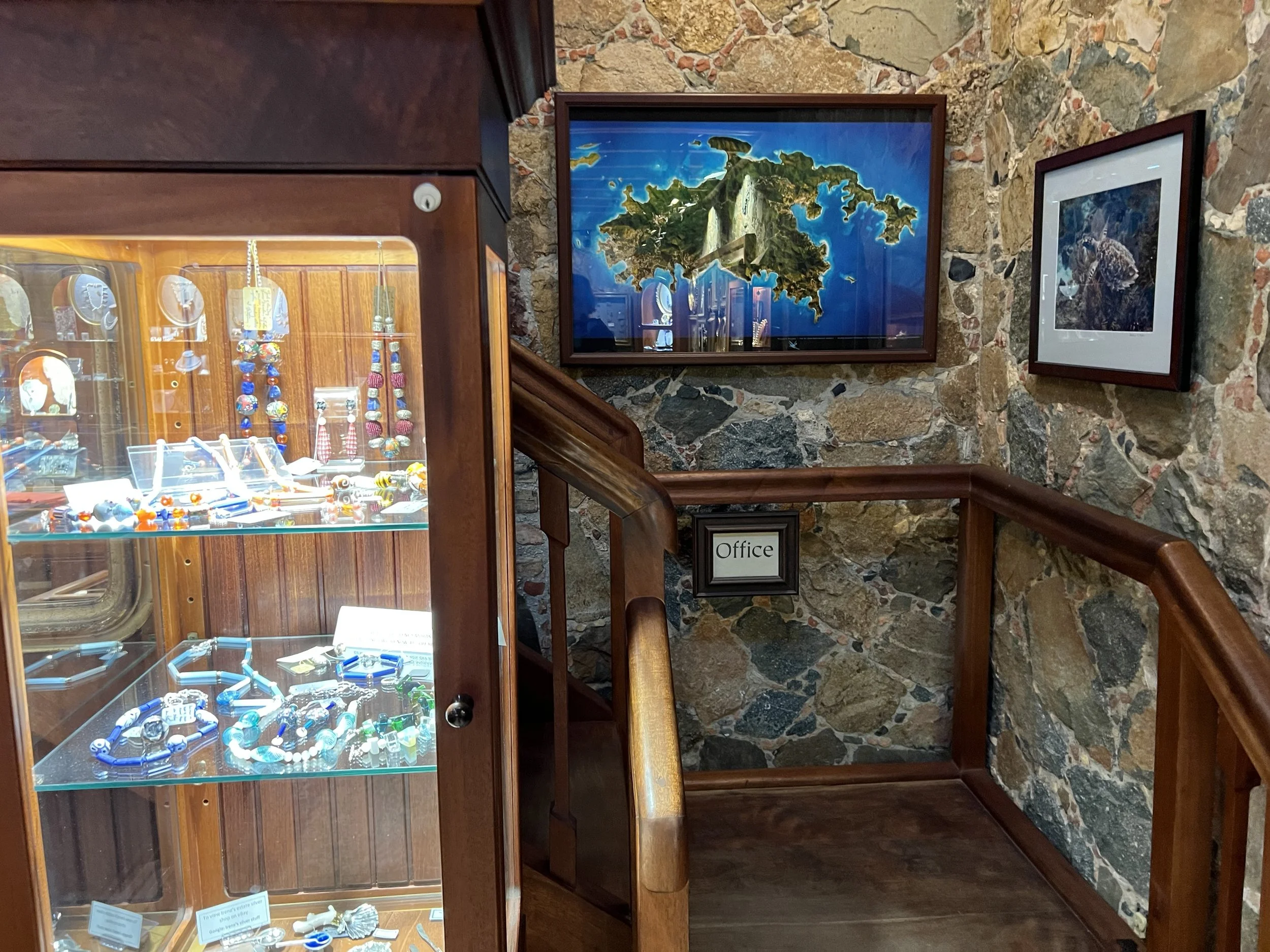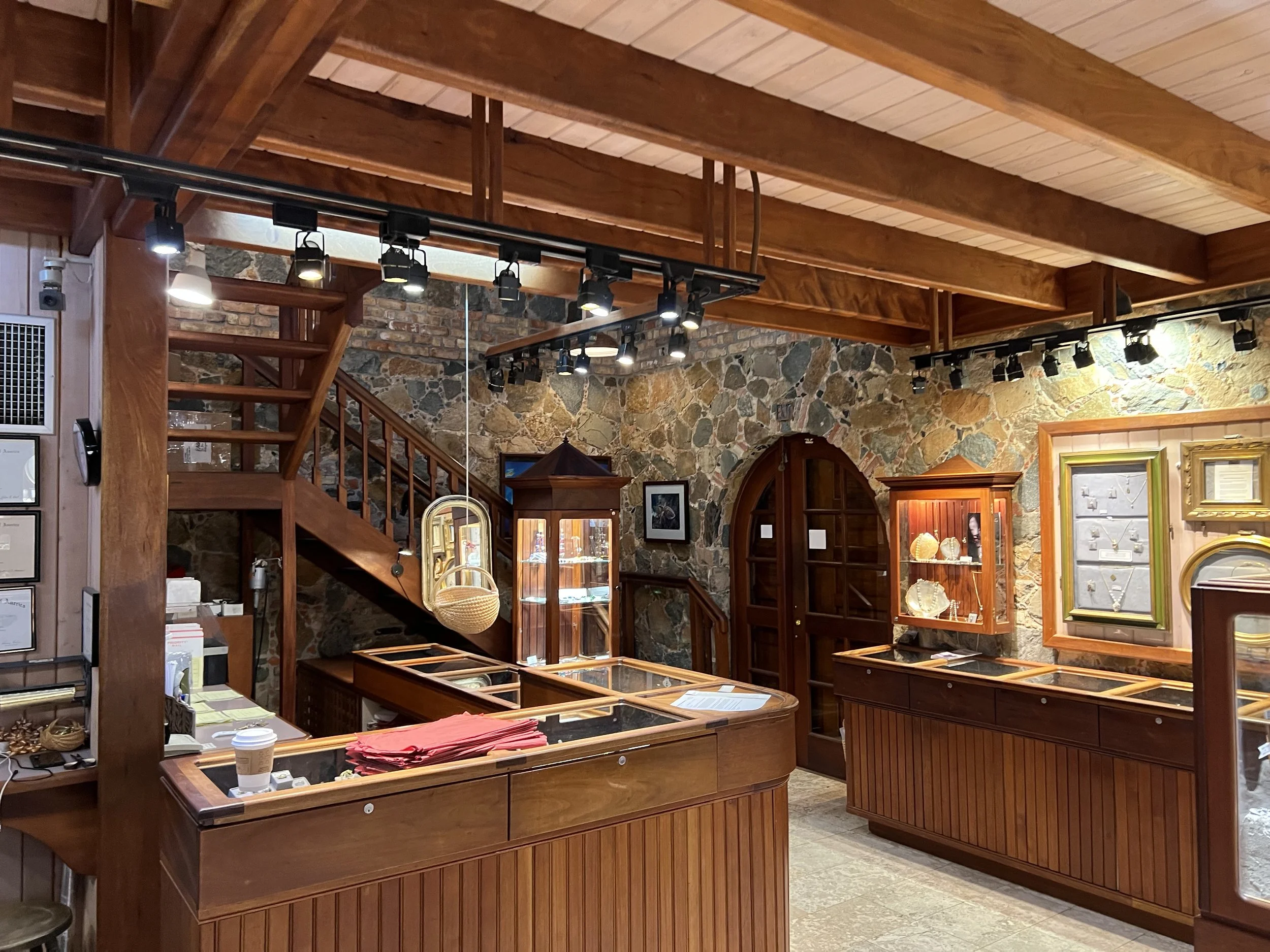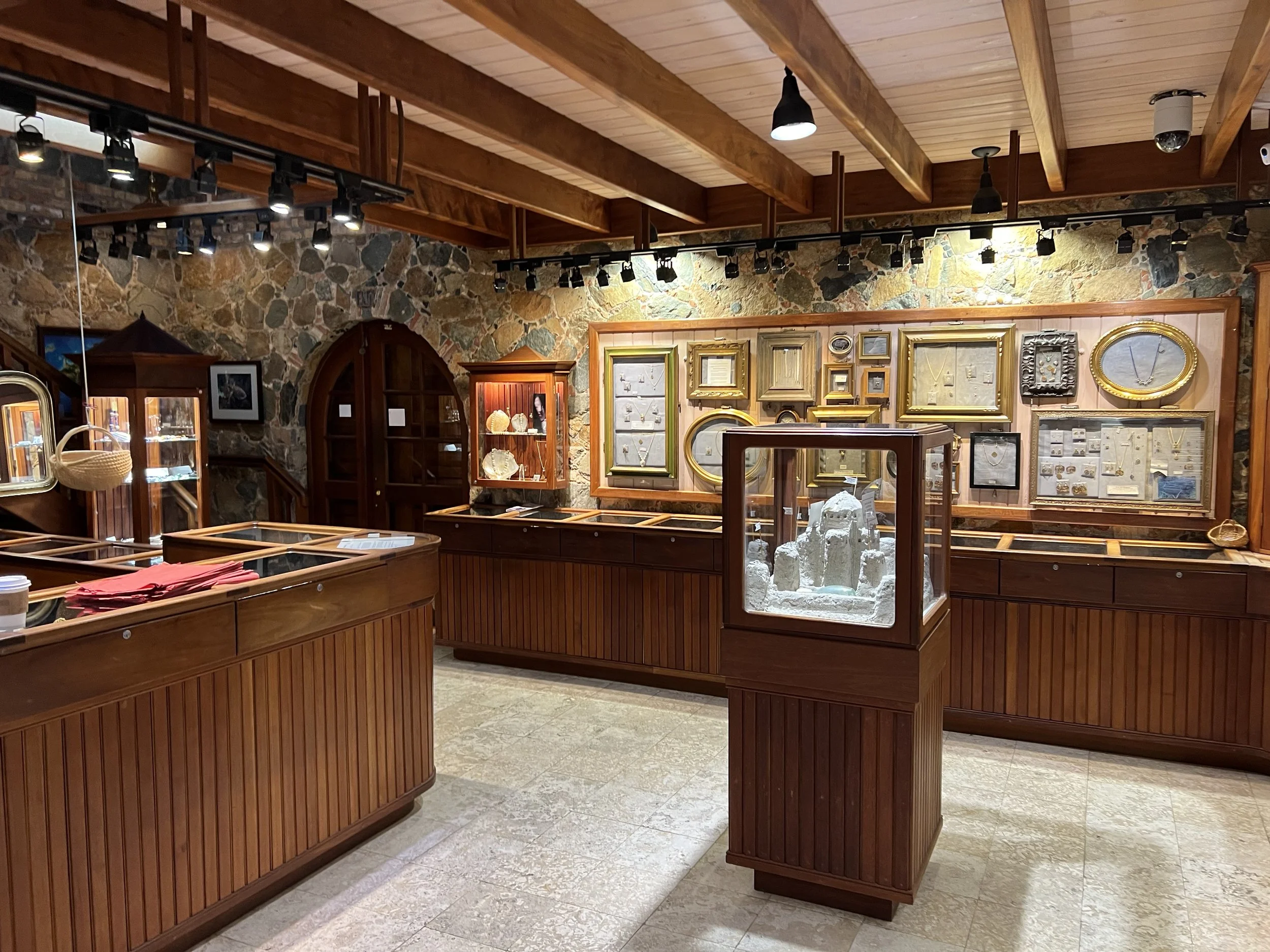When the auction begins 1m – 1NT (both bids by the opponents), it is rare that we want to compete in a minor suit. Usually in these auctions the opponents have the minors, since Responder has denied a 4-card Major. (Even if we have a 5+card minor suit, it could still be best to pass and defend 1NT.) In these auctions, it is effective to play a system geared towards the Major suits where we are most likely to have a fit. Spear is an artificial system that uses all the bids at the 2-level to show different Major suit hands. This gives us more options for how to compete in the bidding. Let’s see how it works.

The modern game continues to create interesting auctions and we need to make sure to discuss how to respond to new situations with partner. Some of the most interesting (and useful) competitive bids are when we use a suit that the opponents have bid – called a Cuebid. There can be many different meanings for bidding the opponent’s suit. A cuebid is a tool used in a variety of different ways based on the situation. We vary the meaning to describe the hand that is most logical and often most difficult to describe in another way. Let’s take a look at cuebids of the opponent’s suit in a variety of different auctions and make sure we are on the same page with partner about the meaning of these calls.

When Left Hand Opponent (LHO) opens the bidding, partner makes an overcall, and Right Hand Opponent (RHO) makes a negative double, then Advancer is in the middle of a complex competitive auction. Traditionally, a redouble in a competitive auction shows a strong hand (10+ points), but with everyone bidding it is not likely that Advancer is too focused on showing values. Instead, we want to design our agreements to let us best describe the most common kinds of hands. In this auction, Advancer having lots of values is not common. Let’s see how using redouble as a conventional bid, called a Rosenkrantz Redouble, can be more effective than this traditional value-showing redouble.

Bridge players keep finding more and more ways to use doubles, especially in low-level competitive auctions. The traditional double by the Advancer is the responsive double. This double applies when the opponents have bid and raised a suit and partner has taken some action in the middle (either a takeout double or a suit overcall). But when Left Hand Opponent (LHO) opens the bidding with a suit, partner overcalls a second suit, and Responder bids a third suit, then a double by Advancer is not a responsive double. It is a different kind of competitive double called a Snapdragon Double – a fancy name for another double that wants to compete in the bidding. Let’s see exactly what this double shows.










